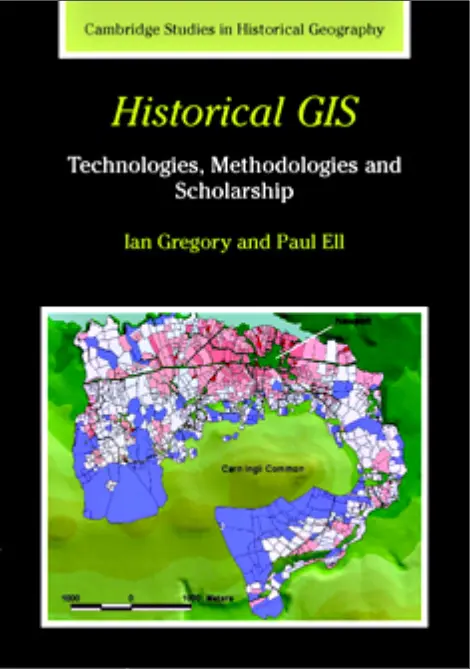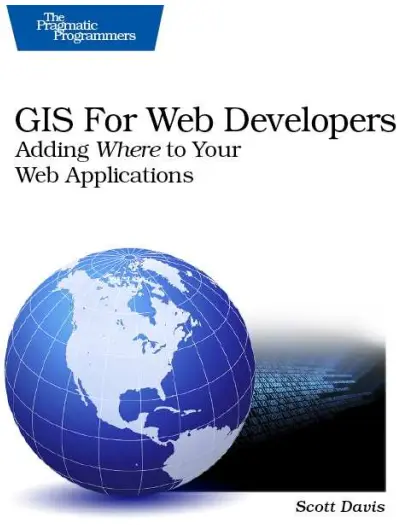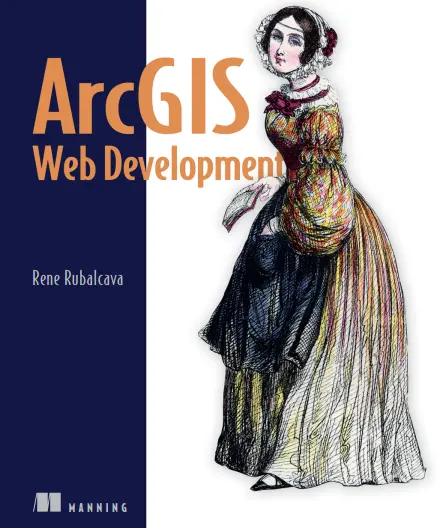ArcGIS Web Development
🧭 ArcGIS Web Development – Crafting Interactive Maps with Code
“ArcGIS Web Development” is a hands-on guide for web developers, GIS professionals, and spatial thinkers who want to build dynamic and interactive map applications using ESRI’s ArcGIS platform. Whether you're working with ArcGIS API for JavaScript, REST services, or custom widgets, this book shows you how to turn spatial data into sleek, functional web apps.
It walks you through real-world examples of integrating ArcGIS services with modern web technologies like HTML5, JavaScript, Dojo, React, and RESTful APIs. From adding layers, creating popups, and querying features to building advanced UI/UX components, this book bridges the gap between traditional GIS and next-gen web platforms.
This book is perfect for:
- 🧑💻 Web developers entering the GIS space
- 🗺️ GIS experts building custom frontends
- 🏙️ Smart city app designers and planners
- 📡 Organizations using ESRI enterprise services
Whether you're building a city dashboard, real-time asset tracker, or spatial analytics platform, this book helps you speak both JavaScript and GIS fluently. With strong code examples and developer-centric insights, it’s your entry point into professional ArcGIS web app development.
Keywords: ArcGIS JavaScript API, ESRI Web Development, GIS Web Apps, Spatial REST API, Dojo, ArcGIS Online, Map Widgets, Frontend GIS







comments
Leave a Reply
Your email address will not be published. Required fields are marked *